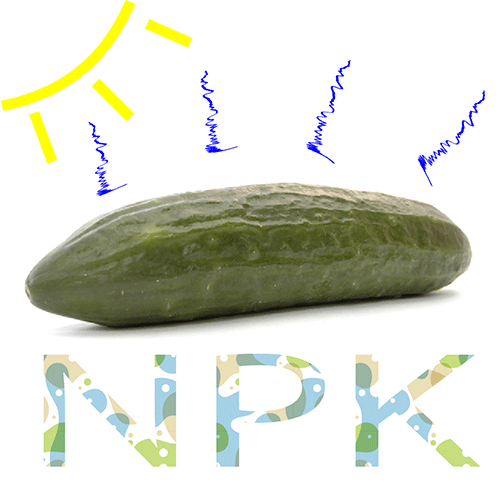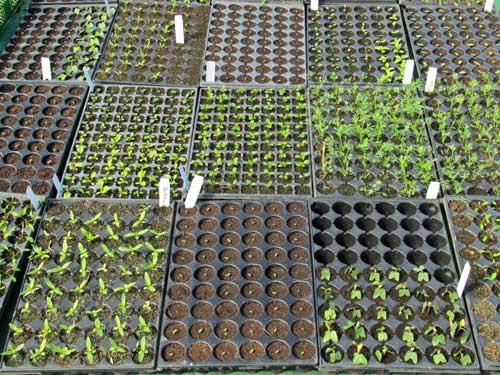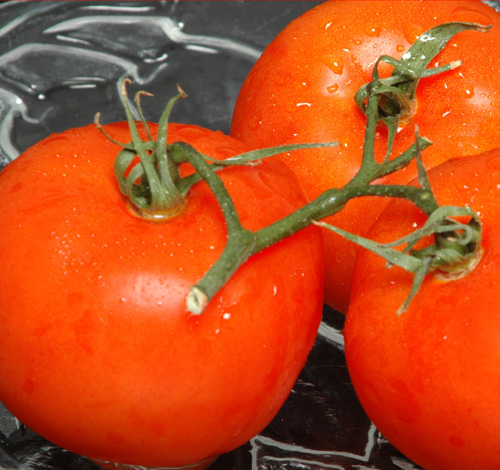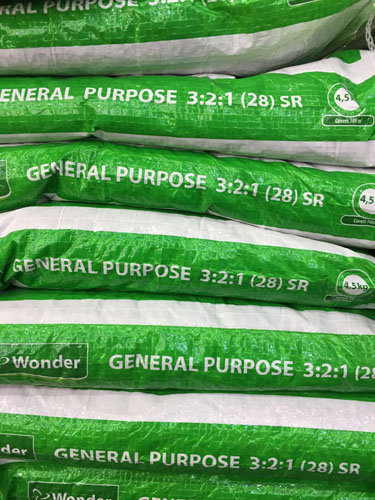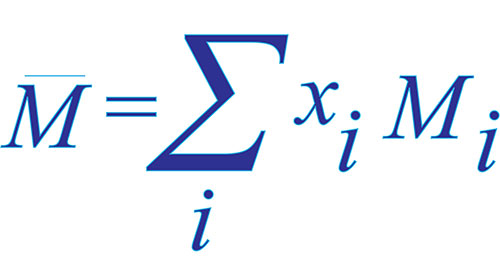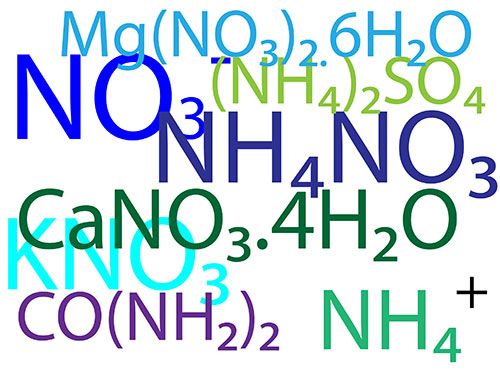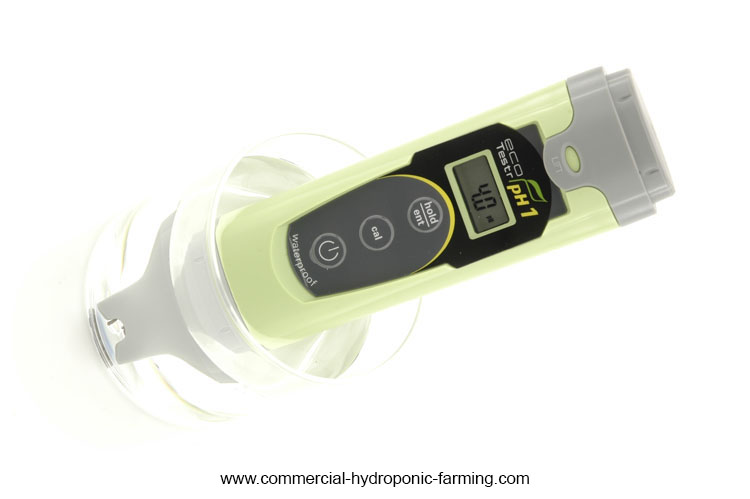The nutrient content of water soluble hydroponic fertilizers is not always clearly indicated on packaging. It is fine that fertilizer companies take control out of our hands by formulating nutrient solutions for us, but there are times that we want to take control ourselves. That usually happens when things are not working out and yields [...]
We all know the basics of nitrogen in plants. The good and the bad. Every grower and student knows nitrogen is important for good looking healthy plants. Too much nitrogen and you get dark green vigorous growing vegetative growth, too little and plants show smaller leaves but it seems that there are more flowers and [...]
Cucumbers are sensitive to water stress (to little water) and to water logging (over watering). Any of these two conditions will reduce plant vigour and cause physiological fruit disorders such as crooked fruit. The frequency of water application cannot be standardized because of so many factors that vary within each farming system. Fertigation scheduling should [...]
Calcium and Boron have a close relationship in the plant. Their absolute concentrations and the relative ratio between the two affects how much of each can be absorbed. Both play an important role in growth points, or rather meristematic tissue. Although both these nutrients are not problematic in most crops, it is good to know [...]
When it comes to fertigation programmes or recipes, most commercial growers have a good indication of what is required. The nutrient program is either obtained from the fertilizer company or it is a tried and tested custom mix. Quite often what these recipes do not indicate or provide, is the variations of nutrients required within [...]
The ammonium/nitrate ratio in the nutrient solution is important since it can have a significant effect on the quality and total yields of the tomato crop. Both NO3- and NH4+ are the most important sources of nitrogen in the plant. The ammonium/nitrate ratio has only become critical, and a problem, since growing without soil became commercially [...]
Nutrient conditioning is the process of managing the nutrient content of seedlings in the nursery for optimal growth when they are transplanted. This sounds easy, but good growers achieve higher yields with the same variety because they understand how to manage it correctly. We all know that plants need adequate levels of nitrogen, phosphorus, potassium, [...]
Tomato fertigation is a complex subject in hydroponics. It is climate sensitive and everybody has an opinion of what works. The point is, tomatoes are sensitive to water stress (too little water) and to water logging (over watering). They are not as sensitive as peppers or cucumbers. Water stress or water logging will reduce plant [...]
Formulating one’s own nutrient solution should be left to advanced growers. Any mistake could lead to the loss of the whole crop, unless the mistake can be identified early, in which case the nutrient solution in the tank is lost. The hypothetical example will be used to show how to calculate the amount of [...]
The atomic weight or molecular weight is the relative weight of each atom compared to other atoms. The base element to which all other elements are measured is oxygen and it is given the value of 16.00. The atomic or molecular weights of the most important elements used in hydroponics are provided below. The values [...]
First it is important to understand which nutrients are included in the various fertilizers and in what amounts. It is important to distinguish between macro and micro elements. The macro elements are taken up in large quantities and the micro elements in smaller quantities. Although the micro elements are taken up by smaller amounts, it [...]
Salt content is one of the most important factors that should be evaluated before designing a hydroponic production system. It has been found that yields can decreased by 35% using low quality water, or water with high salt content. You will see that if there are elements in the water exceeding normal levels, yields will [...]
Micro-elements are quite often referred to as the “trace” elements since they are used in such minute quantities in the nutrient solution. Micro-elements tend to be catalysts rather than fixed in any structure. They tend to be mobile in the plant and the difference between toxic levels and deficient levels is quite narrow. Although micro-elements [...]
Sulphur (or sulfur)is also known as the “ignored primary nutrient” since not many people realize that it is one of the macro nutrients and is extremely important. The role of S has been ignored for long times since its effect on plant growth was not known. Researchers inadvertently applied large amounts sulphur through the use [...]
Magnesium was discovered by Nehemiah Grew in 1695 by evaporating mineral waters in Epsom England. It was only in 1808 that Sir Humphrey Davy isolated the metal and identified it as magnesia oxide and termed it magnium. The metallic magnesium was first isolated by A. Bussy in 1828 and in 1883 the first metallic magnesium [...]
On average, more growers have calcium (Ca) related problems than any other nutrient. These problems occur in areas of low humidity and high temperatures. Calcium forms part of cell walls and any deficiency is marked by the breakdown of cell tissue leading to some form of internal “browning”. The average concentration in the plant varies [...]
Potassium is the most abundant monovalent cation in plant tissue. It is highly mobile which explains why deficiency symptoms can occur so rapidly. The concentration of potassium is directly related to the physiological activity of the plant. That is why young plants have higher potassium levels than older mature plants. Potassium is essential in regulating [...]
Phosphorus (P) was first discovered by Hennig Brandt in Germany in 1669. It is ironic that the discovery was made when he was busy with an experiment with urine, sand and coal. Phosphorus is absorbed by the plant from the nutrient solution in the form of H2PO4-1 or HPO4-2 at pH values between 4.5 and [...]
Nitrogen is consumed in large amounts by the plant. Nitrogen is used in components such as amino acids all proteins enzymes co enzymes nucleic acids and chlorophyll. Dry weight analysis of plant material shows that on average nitrogen makes up about 6% of the dry weight. Nitrogen is taken up in two forms; nitrates (NO3-) [...]
Adjusting ph of the water supply is crucial for maximum nutrient availability. It is seldom that the water supply, even from a well, is perfectly suitable (pH 5.8-6.8). The pH always needs some adjustment, either up or down. How to decrease the pH of a nutrient solution Lowering the pH is the most [...]
Nutrient removal is quite often neglected in closed hydroponic systems since it is difficult to measure and control. The reason is that not all nutrients are removed at an equal rate by plant roots. The essential nutrients can be grouped into 3 categories based on the rate of uptake from the nutrient solution. Elements are actively [...]
Refilling nutrient solutions are only required when a closed (NFT) system is used. With open hydroponic systems the nutrient solution is not re-used so no refill solution is required. Very little information is available on the subject and methods should be developed according to system design. Each system will have unique requirements because of factors such as: plant growth [...]


